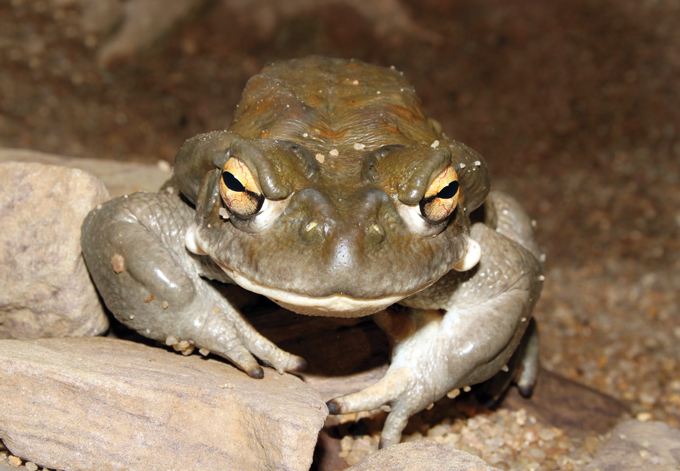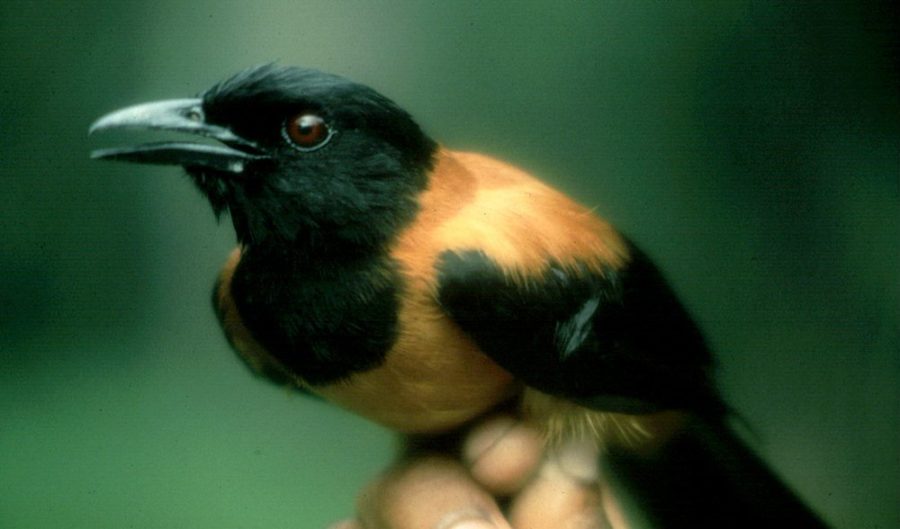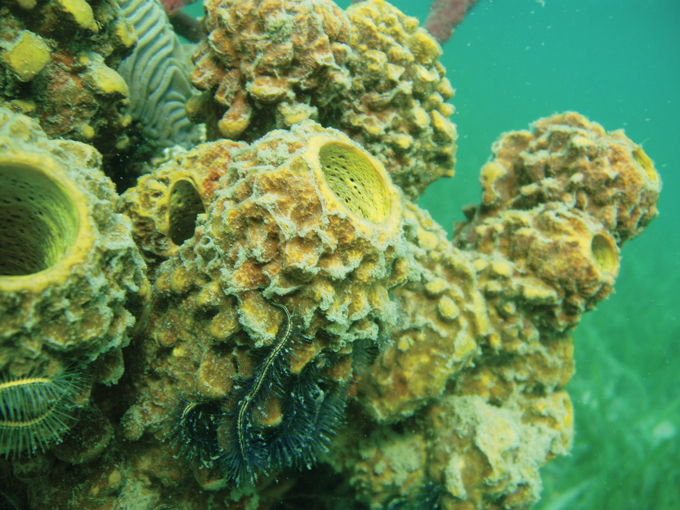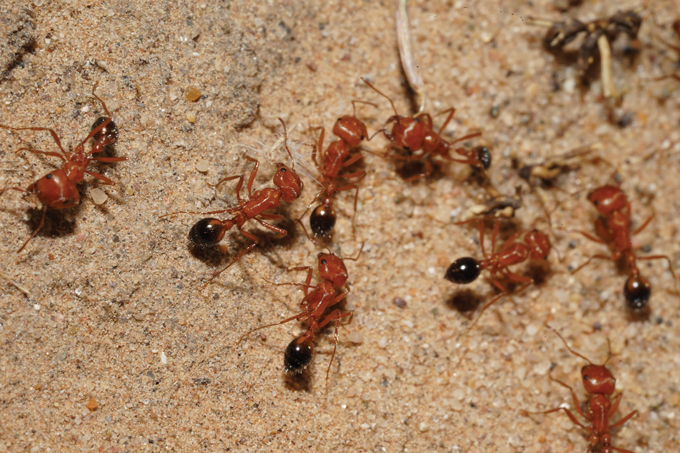Some of nature's inhabitants have the ability to alter our minds.
U.S. National Park Service sent out a message on Facebook asking visitors to “refrain from licking” the toad
Nature has always been a source of wonder and surprises, and it turns out that some of its inhabitants have the ability to alter our minds in extraordinary ways. From the Sonoran Desert toad to creatures lurking beneath the ocean's surface. Various animals possess the power to produce psychedelic compounds that can induce profound and transformative experiences. Let's delve into the fascinating world of these mind-altering animals.
Sonoran Desert Toad

The Sonoran Desert toad secretes an enzyme that converts bufotenine, a compound also made by other toads, into 5-MeO-DMT, a powerful hallucinogen related to the psychedelic drug DMT.HOLGER KRISP/WIKIMEDIA COMMONS (CC BY 3.0)
(Incilius alvarius): The Sonoran Desert toad, also known as the Colorado River toad or the Bufo alvarius, has gained significant attention for its ability to produce a potent psychedelic substance known as 5-MeO-DMT (5-methoxy-N, N-dimethyltryptamine). This toad, found in the deserts of North America, secretes a milky-white substance from its parotid glands. Which can be dried and smoked for its hallucinogenic effects. Users report experiencing profound consciousness, ego dissolution, and intense spiritual and mystical experiences.
Blue Java Banana Slug

Retractable sensory tentacles adorn the head (the upper two detect light; the lower two are touch and smell/taste sensors. © MVercoutere
(Banana slug): While not traditionally associated with psychedelics, the Blue Java Banana Slug (Banana Slug) is an exception. These bright yellow mollusks, found in the forests of California and the Pacific Northwest, contain a unique compound called Slug Love Potion. When consumed this compound induces a range of psychedelic effects, including altered perception, vivid hallucinations, and heightened sensory experiences.
Hooded Pitohui

The hooded pitohui has toxic feathers. Image credit: Jack Dumbacher
(Pitohui dichrous): The Hooded Pitohui, a small bird native to New Guinea, is one of the few known poisonous birds in the world. Its feathers and skin contain a potent neurotoxin called batrachotoxin, which has hallucinogenic properties. Handling or consuming these birds can lead to symptoms such as tingling sensations, numbness, and altered states of consciousness. Local tribes have used the feathers for ceremonial purposes, but caution must be exercised due to the bird's toxicity.
Caribbean Sponge

The pitted sponge and some other sponges contain 5-bromo-DMT and 5,6-dibromo-DMT, compounds related to the psychedelic drug DMT.SMITHSONIAN TROPICAL RESEARCH INSTITUTE
(Xestospongia muta): Underneath the turquoise waters of the Caribbean, a seemingly innocuous creature hides a psychedelic secret. The Caribbean Sponge, known as the "stinking vase sponge," produces a chemical compound called debromoaplysiatoxin. This compound acts as a potent hallucinogen and neurotoxin, causing hallucinations and altering sensory perceptions. Divers and researchers encountering these sponges must exercise caution due to their powerful effects.
a 2008 study in the Journal of Natural Products that 5,6-dibromo-DMT acted like an antidepressant in rats, while 5-bromo-DMT acted like a sedative.
California Harvester Ant

Indigenous peoples of central California once ate California harvester ants during rituals including vision quests.© MATT REALA/INATURALIST (CC BY-NC 4.0)
(Pogonomyrmex californicus): The California Harvester Ant, found in the arid regions of the southwestern United States. Known for its ability to produce a mind-altering compound called piperidines. These ants utilize a unique form of chemical defense, using their venom to immobilize prey and deter predators. The venom of California Harvester Ants contains alkaloids, including piperidines, which can induce psychedelic effects when ingested. Although the exact mechanism and impact on humans are not fully understood, it is believed that the consumption of these ants may lead to hallucinatory experiences
With its remarkable adaptations and extraordinary capabilities. From the Sonoran Desert toad secreting 5-MeO-DMT to the Caribbean Sponge with its hallucinogenic debromoaplysiatoxin, these animals can alter human consciousness. Inducing profound psychedelic experiences. Exploring the intricate connections between these animals, their environments, and the compounds they produce can shed light on the diverse ways nature shapes our perception and understanding of the world.






